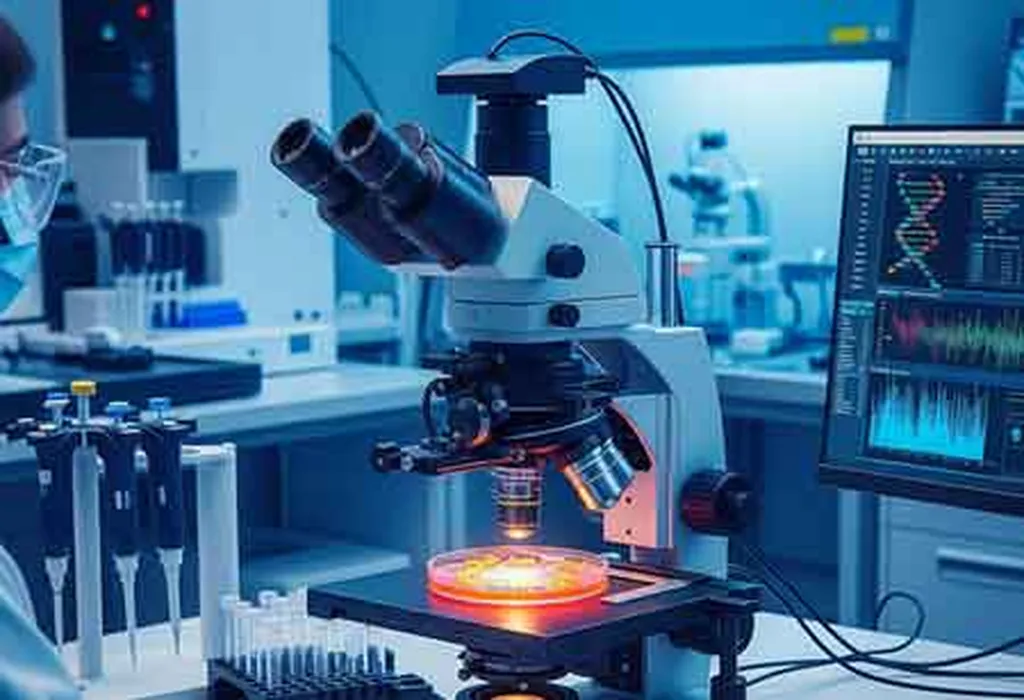In the ever-evolving landscape of food safety, researchers are continually seeking more efficient and accurate methods to detect foodborne pathogens and toxins. A recent review published in *Discover Food* sheds light on the latest analytical techniques that are revolutionizing pathogen detection, offering significant implications for the agriculture sector.
Traditional culturing methods for detecting pathogens in food have long been the standard, but they are notoriously slow and labor-intensive. “These methods can take days or even weeks to yield results, which is far from ideal in a world where food safety concerns demand immediate action,” explains Moawiya A. Haddad, lead author of the review and a researcher at the Department of Nutrition and Food Processing, Faculty of Agricultural Technology, Al-Balqa Applied University.
The review highlights several advanced techniques that are gaining traction in the field. Phage-based methods, for instance, leverage the natural ability of bacteriophages to infect and replicate within bacterial cells. These methods are not only rapid but also highly specific, making them a promising alternative to traditional culturing. “Phage-based techniques offer a unique combination of speed, sensitivity, and cost-effectiveness, which is crucial for large-scale food testing,” Haddad notes.
Nucleic acid-based methods, such as polymerase chain reaction (PCR), have also emerged as powerful tools for pathogen detection. These techniques can amplify specific DNA sequences, allowing for the detection of even minute amounts of pathogenic material. Immunoassay-based methods, which use antibodies to detect specific antigens, are another promising avenue. These methods are particularly useful for detecting toxins produced by pathogens, which can be just as harmful as the pathogens themselves.
The commercial impact of these advanced detection methods on the agriculture sector is substantial. Faster and more accurate testing can lead to quicker identification and containment of outbreaks, reducing the risk of foodborne illnesses and the associated economic losses. “In the agriculture sector, time is of the essence. The sooner we can identify and address food safety issues, the better we can protect both consumers and the industry,” Haddad emphasizes.
Moreover, these advanced techniques can enhance the overall efficiency of food production and distribution. By enabling more frequent and thorough testing, they can help ensure the safety and quality of food products, ultimately boosting consumer confidence and market competitiveness.
Looking ahead, the review underscores the need for continued research and development in this field. As our understanding of foodborne pathogens and toxins deepens, so too will our ability to detect and mitigate them. “The future of food safety lies in our ability to adapt and innovate. By embracing these advanced techniques, we can stay one step ahead of potential threats and ensure a safer food supply for all,” Haddad concludes.
The review published in *Discover Food* by Moawiya A. Haddad and colleagues serves as a comprehensive guide to the latest advancements in pathogen detection, offering valuable insights for researchers, industry professionals, and policymakers alike. As the agriculture sector continues to evolve, so too will the tools and techniques we use to safeguard our food supply.

